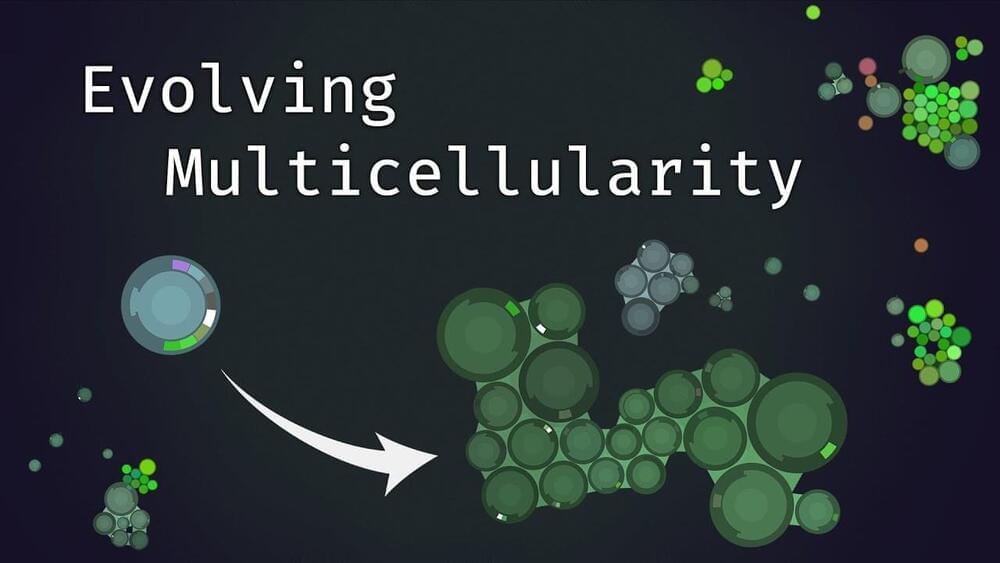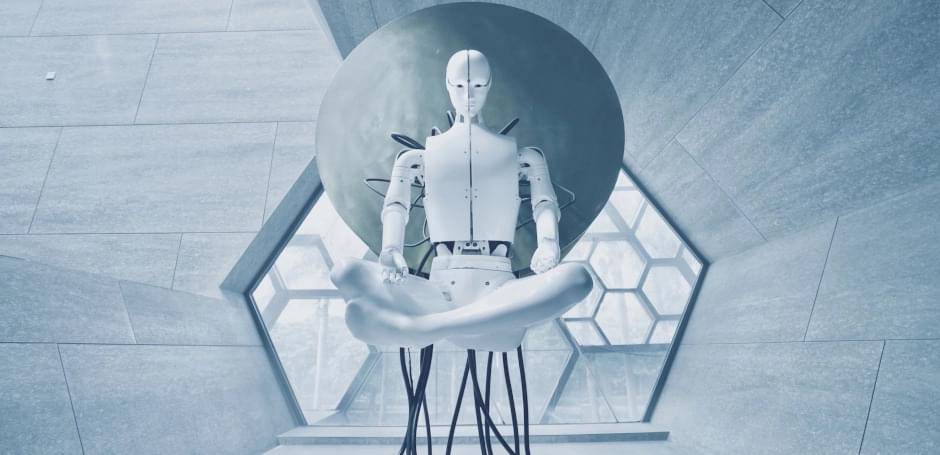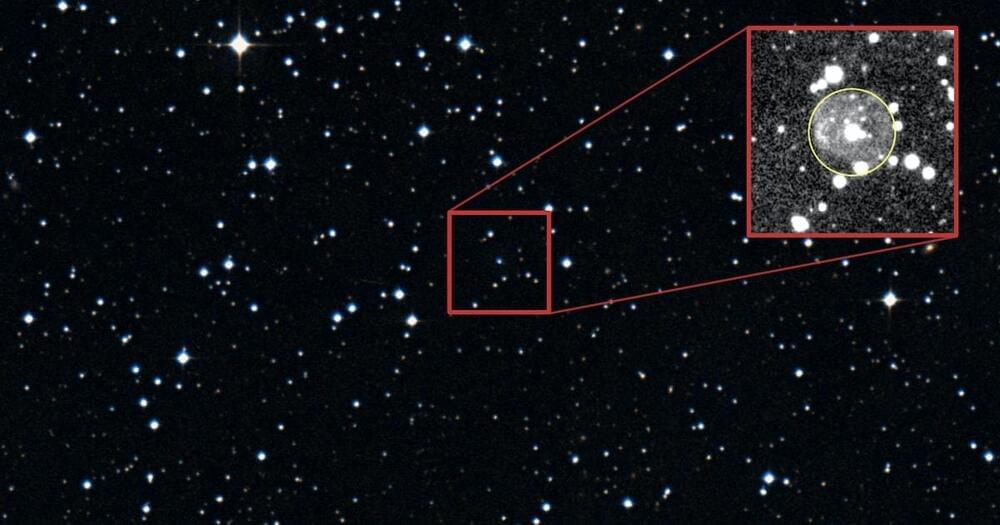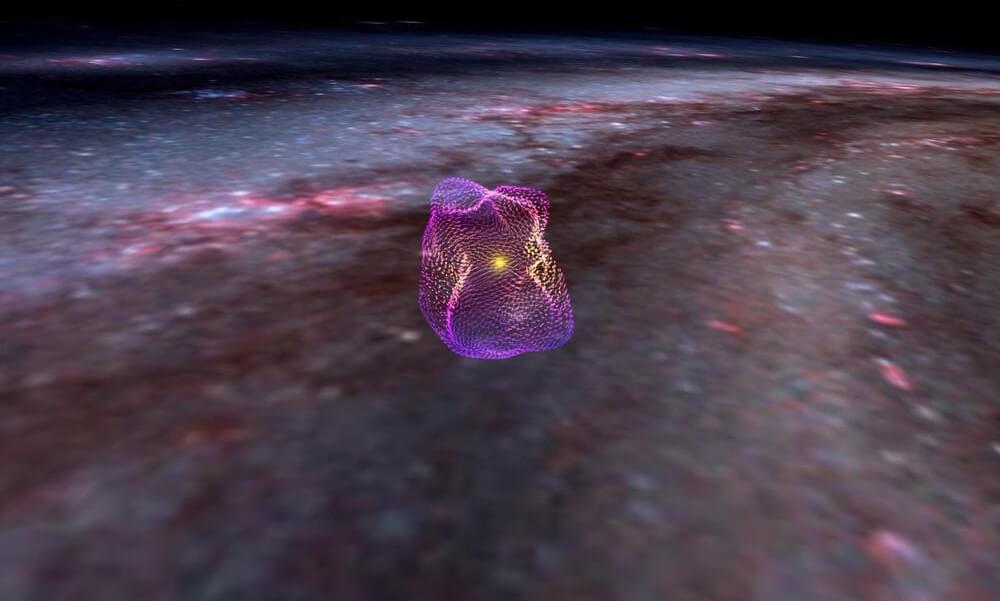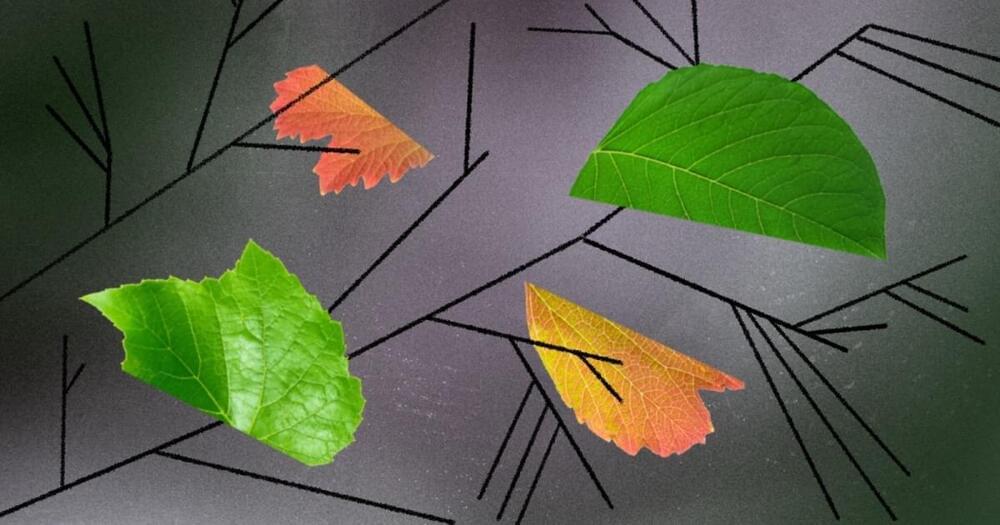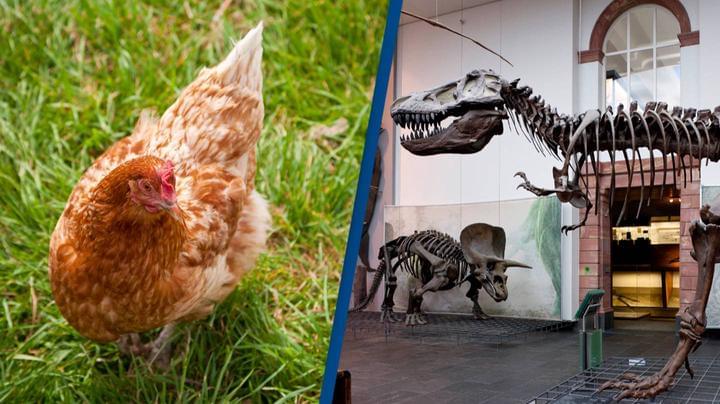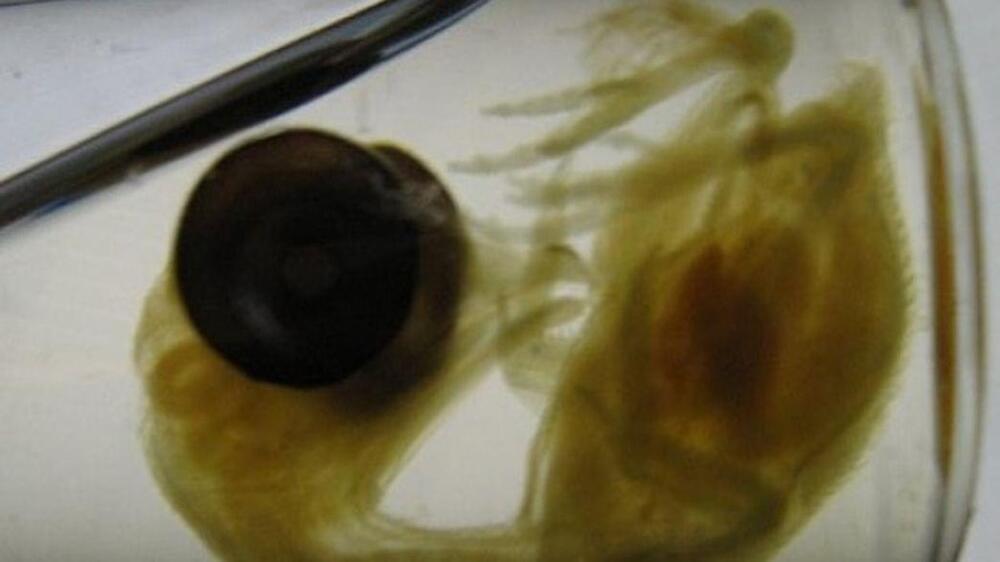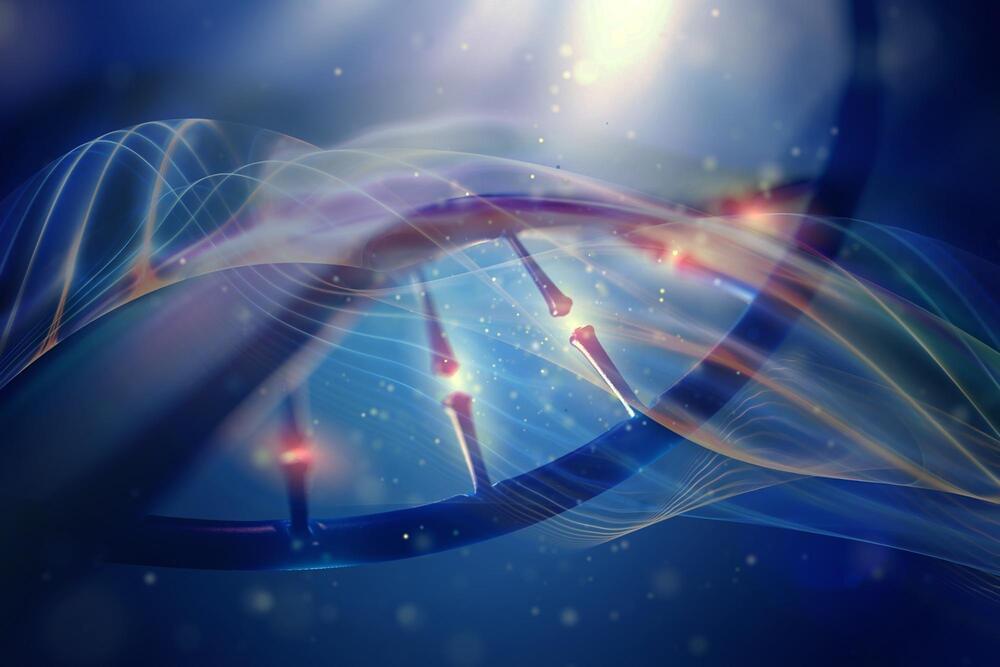Jan 18, 2023
Simulating Cellular Evolution: The Path To Multicellularity
Posted by Dan Breeden in categories: biotech/medical, evolution, genetics
In this video I showcase a program that I have been working on for simulating evolution by natural selection. I dive into various mechanisms of the simulation and go over some interesting real-life biology in the process. The key aim of this project is to evolve multicellular organisms, starting from single-celled protozoa-like creatures that must collect mass and energy from their surroundings in order to survive, grow and reproduce.
Chapters:
00:00 — Introduction.
00:56 — Life of a protozoan.
02:46 — The start of the simulation.
05:57 — How the cells work.
06:53 — Introducing multicellular colonies.
08:33 — Understanding evolution.
11:38 — Looking at data from the simulation.
13:27 — Evolving epigenetics introduction.
14:14 — Waddington’s Landscape and cell specialisation.
15:22 — The Central Dogma of Molecular Biology.
16:05 — Gene Regulatory Networks.
16:54 — Outro.
17:30 — Watching the simulation.
Continue reading “Simulating Cellular Evolution: The Path To Multicellularity” »
